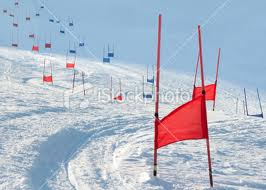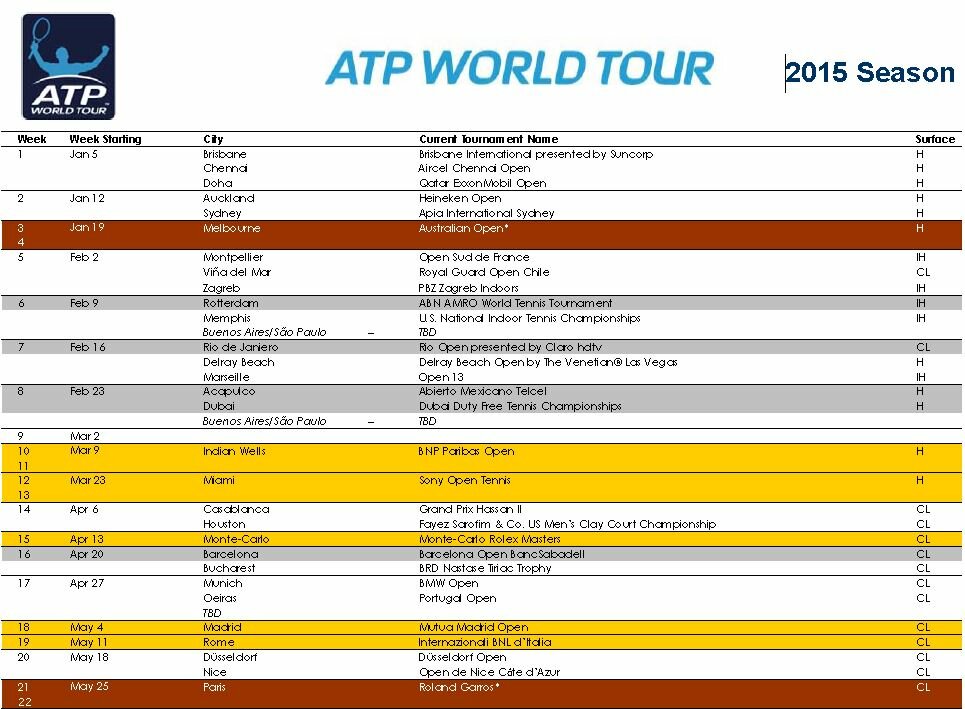The slalom features the shortest course and the quickest turns. As in the giant slalom, each skier makes two runs down two different courses on the same slope. Both runs take place on the same day. The times are added and the fastest total time determines the winner.
Slalom competitions must be raced on a course surface that is as hard as possible.The course should normally be approximately 40 m wide, if two runs are set on the same slope terrain.
The ideal slalom course, taking into consideration the drop and the gradient specified above, must include a series of turns designed to allow the competitors to combine speed with neat execution and precision of turns.
The Slalom should permit the rapid completion of all turns. The course should not require acrobatics incompatible with normal ski technique. It should be a technically clever composition of figures suited to the terrain, linked by single and multiple gates, allowing a fluent run, but testing the widest variety of ski technique, including changes of direction with very different angles.
A slalom gate consists of two poles or where there is no outside pole the gate will consist of a turning pole. Consecutive gates (minimum width of 4 m and a maximum of 6 m) must alternate in blue and red. The distance between gates within combinations (hairpin, vertical or delayed gates) must not be less than 0.75 m. The distance from turning pole to turning pole of successive gates must not be less than 6.75 m and not more than 13 m. Gates should never be set only down the fall-line, but so that some full turns are required.
The finish line is marked by two posts or vertical banners which may be connected by a horizontal banner. In Downhill and Super-G races, the finish must be no less than 15 metres wide and in Slalom (and in Giant Slalom also) no less than 10 metres wide
In the slalom events, poles are straight and often have plastic guards covering the knuckles to help skiers knock the slalom poles out of their path.
While a helmet is compulsory for downhill and super-G and it is not the case for the slalom. However, it is often worn in slalom as well in giant slalom.
Swedish André Myhrer is the current leader of the Slalom World Cup since we won the only race held till now.
In women, Maria Höfl-Riesch of Germany leads the 2012/2013 slalom World Cup with 150 points after 2 rounds (1 win and a 4th place).
The forthcoming slalom races will take place next Saturday, December 8th, at Val d’Isère, France (Men) and next December 19th in Åre, Sweden (Women).





Pingback: Women Giant Slalom – Maze Was Finally Beaten: Viktoria Rebensburg! | World Sports Intelligence
Pingback: Women’s Alpine Skiing Slalom – USA’s Mikaela Shiffrin Wins! | World Sports Intelligence
Pingback: Women’s Slalom Zagreb – Mikaela Shiffrin Takes Run1; Tina Maze P2 | World Sports Intelligence
Pingback: Women’s Slalom Zagreb – Wonder Teenager Mikaela Shiffrin Rules Again! | World Sports Intelligence